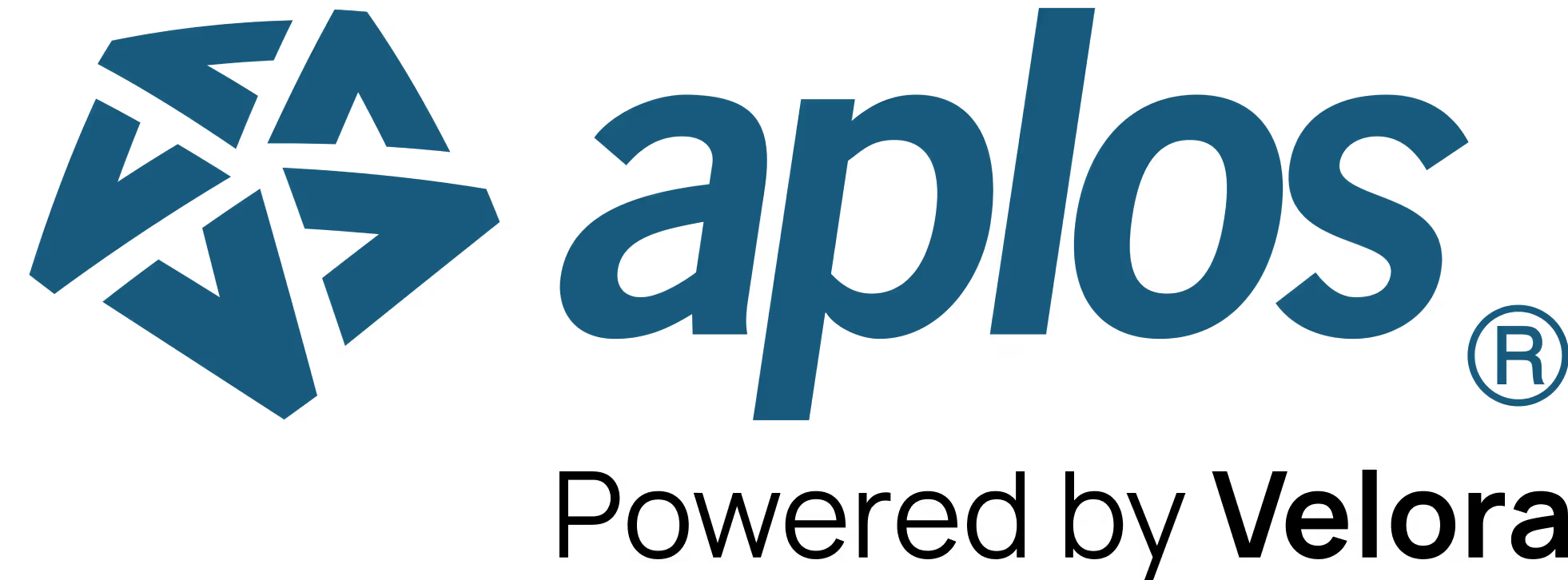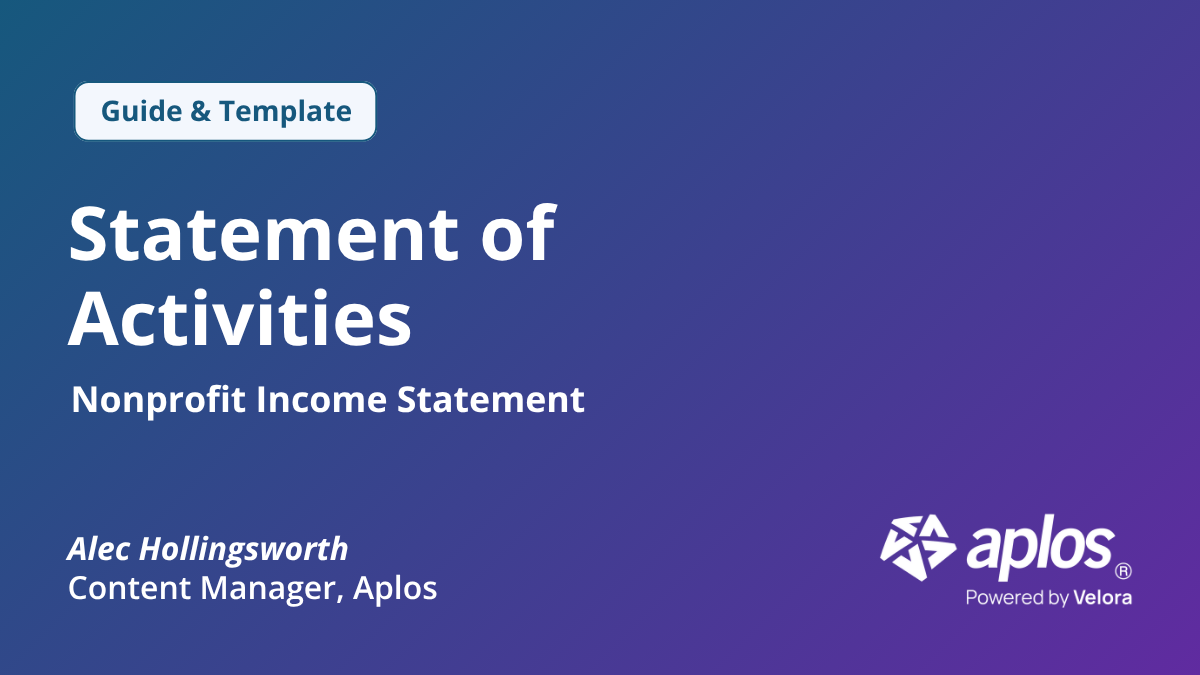Fixed Assets and Fixed Asset Tracking

Fixed Assets
Fixed assets are commonly found on a balance sheet in the assets section. Other items grouped together in the assets section usually include cash, investments, accounts receivables, and prepaid items. Since you wouldn’t typically consume or sell fixed assets during the normal course of business, you track them differently than regular assets. Fixed assets may include:
- Land
- Equipment
- Vehicles
- Furniture
- Buildings
- Building Improvements
Fixed Asset Tracking
You would depreciate fixed assets on the balance sheet according to GAAP (Generally Accepted Accounting Principles). The assets shown on the balance sheet represent their book value, which equals the purchase price minus depreciation. We refer to tracking this depreciation as fixed asset tracking.
Depreciation
Depreciation refers to the systematic reduction in the recorded cost of any fixed asset. Mandated by GAAP, you record this depreciation to match a portion of the cost of a fixed asset to the revenue it generates. But rather than calculating the revenue, you calculate the depreciation according to your organization’s capitalization policy.
An organization would expect an asset to be productive during a set time period. Therefore, the useful life of an asset helps determine its depreciation. When the asset is no longer useful, the nonprofit will eventually need to dispose of it. Before doing this, you would give the asset a salvage value. Then you would calculate the depreciation based on the original cost of the asset, minus any estimated salvage value.

Our comprehensive closeout services start at $399 per month that needs to be reconciled. Sign up before Jan 1st and pay just $199.50 per month!
Copyright © 2025 Aplos Software, LLC. All rights reserved.
Aplos partners with Stripe Payments Company for money transmission services and account services with funds held at Fifth Third Bank N.A., Member FDIC.
Copyright © 2024 Aplos Software, LLC. All rights reserved.
Aplos partners with Stripe Payments Company for money transmission services and account services with funds held at Fifth Third Bank N.A., Member FDIC.



.png)



